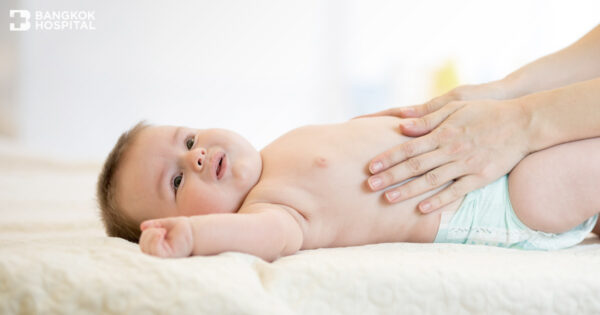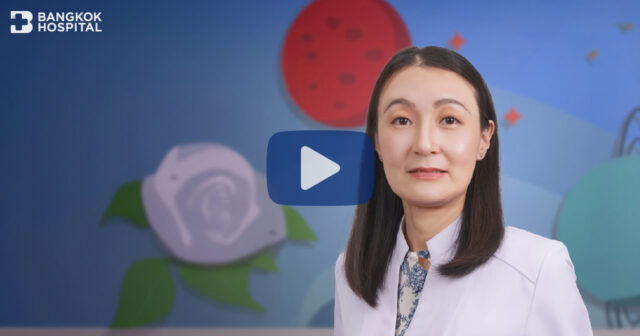Understanding Intussusception
Intussusception is a condition where a part of the intestine folds into an adjacent section of the digestive track. This is an emergency situation that requires correct and swift treatment. If left untreated, the intussusception can lead to blood supply loss to the intestines, resulting in necrosis, perforation, peritonitis, sepsis, and potentially death. Children aged 3 months to 2 years are at the highest risk, typically with the ileocolic type, where the ileum enters the cecum.
Signs of Intussusception
Parents can observe signs of intussusception in their child through:- Abdominal pain, irritability, and stiffness in hands and feet
- Crying intermittently, about every 15 – 30 minutes. During these episodes, the child may draw both knees up. Colicky pain
- Swollen belly and vomiting, initially of milk or food ingested, but later can turn yellow or green due to bile
- Dark, blood-stained stools mixed with mucus
- Some children may also appear lethargic or have seizures
Proper Treatment for the Condition
The treatment for intussusception includes 2 methods
- Method 1 involves pushing the intussuscepted segment of the intestine back through the part it has folded into, using pressure from the rectum. This may involve an enema with a radiopaque contrast material such as barium or using gas as the pushing agent. If the procedure successfully reduces the intussusception, surgery may not be necessary. Most patients can eat within 1 – 2 days
- Method 2 is surgery to open the abdomen. During the procedure, the surgeon manually separates the intussuscepted parts. Only a few patients who have necrosis or perforation of the intestines require the affected section to be removed and the healthy ends reconnected. This group faces a more severe situation and requires care similar to that for bowel obstruction, including an extended hospital stay and possible severe complications.











